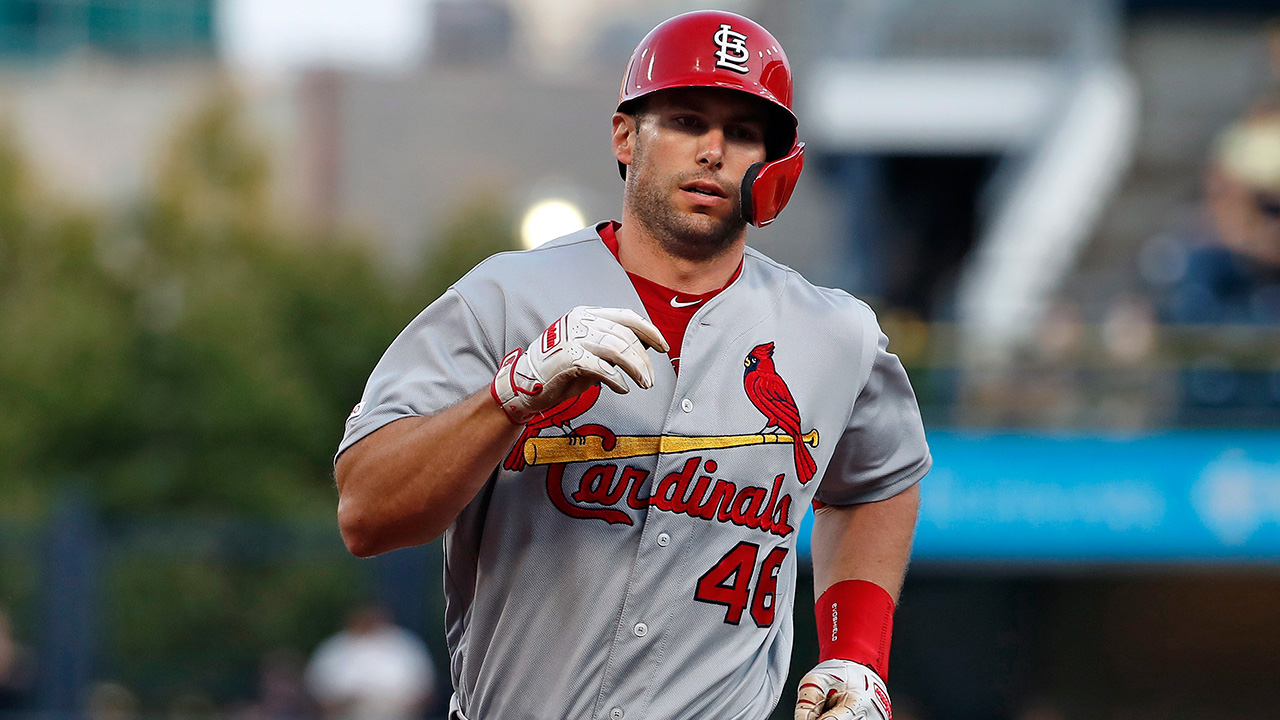With over 40 years as a major league player, manager and broadcaster, Buck Martinez has experienced baseball from all angles. Now in his role as the Toronto Blue Jays play-by-play announcer, Buck is back for his third season taking your questions in his weekly blog for sportsnet.ca, Ask Buck Martinez.
—
Ryan asks …
Hey Buck, John Farrell seems to have his hands full trying to rein in Brett Lawrie’s enthusiasm. In your playing and managing days did you ever encounter a player with similar energy at such a young age and what did, or could, you and/or your teammates do to help them mature as a player? Or are we making too big of a deal out of this?
Thanks!
Buck: Ryan I don’t think you are making too much of this as it is an important aspect of Lawrie’s development. We all know of the helmet incident which was without malice in my mind, but unacceptable nonetheless. Now the umpires have their radar up whenever Lawrie is involved in a questionable play, as we saw against the Rays last week when he failed to retouch second base and sprinted towards the second base ump Rob Drake after he was called out. Drake may have over reacted with his response, but what would you have done seeing a freight train sprinting towards you?
Brett is a very talented baseball player that plays the game right. He needs to understand that you cannot react to calls that go against you every time. They are going to happen and you have to handle them in a professional manner. He will learn and he will get past this. It looks like the umpires are on alert whenever they have the Blue Jays and that will take a while to subside, but it will.
Bob asks …
What do you think of giving Travis Snider some training at first base while he waits in the minors, in case Adam Lind can’t improve?
Buck: Bob I understand why you ask this question as everybody would like to see Travis Snider get back to the big leagues. Travis is currently in Florida dealing with a wrist injury. He had this problem earlier in the season then it popped up again recently. He is a talented player that hasn’t been able to stay on the field long enough to get his stroke going.
As for playing first base, it’s not that easy just to move an outfielder to first because the game speeds up dramatically. The ball gets to you much quicker of course, but you also have to deal with infield defences, bunt plays, pick-off plays and cut-off plays from the outfield. The first baseman handles the ball more than anybody in the infield except the pitcher and the catcher and needs to be familiar with the position. As for now let’s keep Lind at first and hope Travis gets healthy.
Doug asks …
You mentioned the dimensions of Minnesota’s Target Field numerous times during the broadcast. Can you explain why all parks don’t have the same dimension? All other sports use identical fields, why not baseball?
Buck: Doug we had talked about this unique aspect of baseball stadiums over the course of the season and you are right. Baseball does not require a "standard" playing field. There are the bases of course that are 90 feet apart and create a square. The pitching rubber and home plate are standardized but the field itself only has to maintain certain distance minimums.
Any park built after June 1, 1958, shall have a minimum distance down each foul line of 325 feet and centre field should be at least 400 feet. There are stadiums that don’t meet these standards because of restrictions of the surrounding area. For example the foul lines at New Yankee Stadium are 318 down the left field line and 314 down the right field line.
The distances of the outfield walls also are changed from time to time. Remember when Comerica Field first open up it was huge and the players complained so they moved the left field fences in and put the bullpens behind the fence. The fences at Citi Field in New York were moved this year after the Mets players complained that the park was too big. Baseball has many different quirks and the fields might be the biggest inconsistent aspect of the game.
Jason asks …
Why do we see young pitchers lose velocity from year to year? I understand pitchers like Brandon Morrow taking a bit off his pitches to gain some control, but what about someone like Tim Lincecum whose mechanics and control are near flawless but he seems to be losing a few ticks off the radar gun.
Buck: Jason you might be the only person I have ever heard say that Tim Lincecum’s mechanics are "near flawless." Lincecum’s delivery has been a concern since he first surfaced at the University of Washington. He has an exaggerated delivery that many scouts shied away from during his draft year. He is a small guy to begin with and baseball, as an industry, likes big bodied starters. I think the Giants are crossing their collective fingers hoping that this year’s drop in velocity isn’t the beginning of the end. Notice how they have stayed away from the long term deal with him while they extended Matt Cain.
As for other pitchers and a drop in velocity, there are a couple of answers to that. The wear and tear on an arm is ridiculous and they all lose something off their fastball. But as you pointed out with Morrow, some of the drop is by design. As pitchers mature they learn that it is more about movement and location than pure velocity.
I think a real problem for amateur pitchers has been the introduction of the radar gun. So much is based on a young player’s velocity that they never learn the finer points of pitching until they are well into their pro career and some never get it.
Terry asks …
Hey Buck, what do you think is the biggest reason for all the extra shifts we’re seeing in MLB this season, especially with the Blue Jays? Is it new information they have access to, or are managers today simply more willing to defy “baseball conventions” than in the past? It’s been a fascinating trend, no?
Buck: Terry without question it is the information available to each team. Joe Maddon of the Rays began paying attention to this when he was a bench coach in Anaheim for Terry Collins. Maddon noticed Ken Griffey Jr. never hit a ball on the ground to the left side of second base. He approached Collins and asked if he could shift the infield on Junior and the manager gave him the OK. Griffey tried to bunt down the third-base line and popped up to the catcher. Mission accomplished and the shift became part of the Angels defence.
This year we have seen shifts from teams that never would have drifted from the standard alignment. The Rays have had so much success during Maddon’s tenure that other teams are paying attention and adjusting their thinking. As for the Blue Jays, Brian Butterfield and video coordinator Brian Abraham study hitters and set up the defense according to where they hit "well-hit" balls. Details such as the count, the pitcher, and the score all factor into the setup. This is why you see Butterfield and Torey Luvullo, the outfield instructor, moving players during at-bats as the situations change.
All of the clubs have some form of computer system that gives them video of every player and every at-bat for the past several seasons. What separates the good teams from the others is the quality of the coaches breaking down the information and the Blue Jays have the best in Butterfield.









